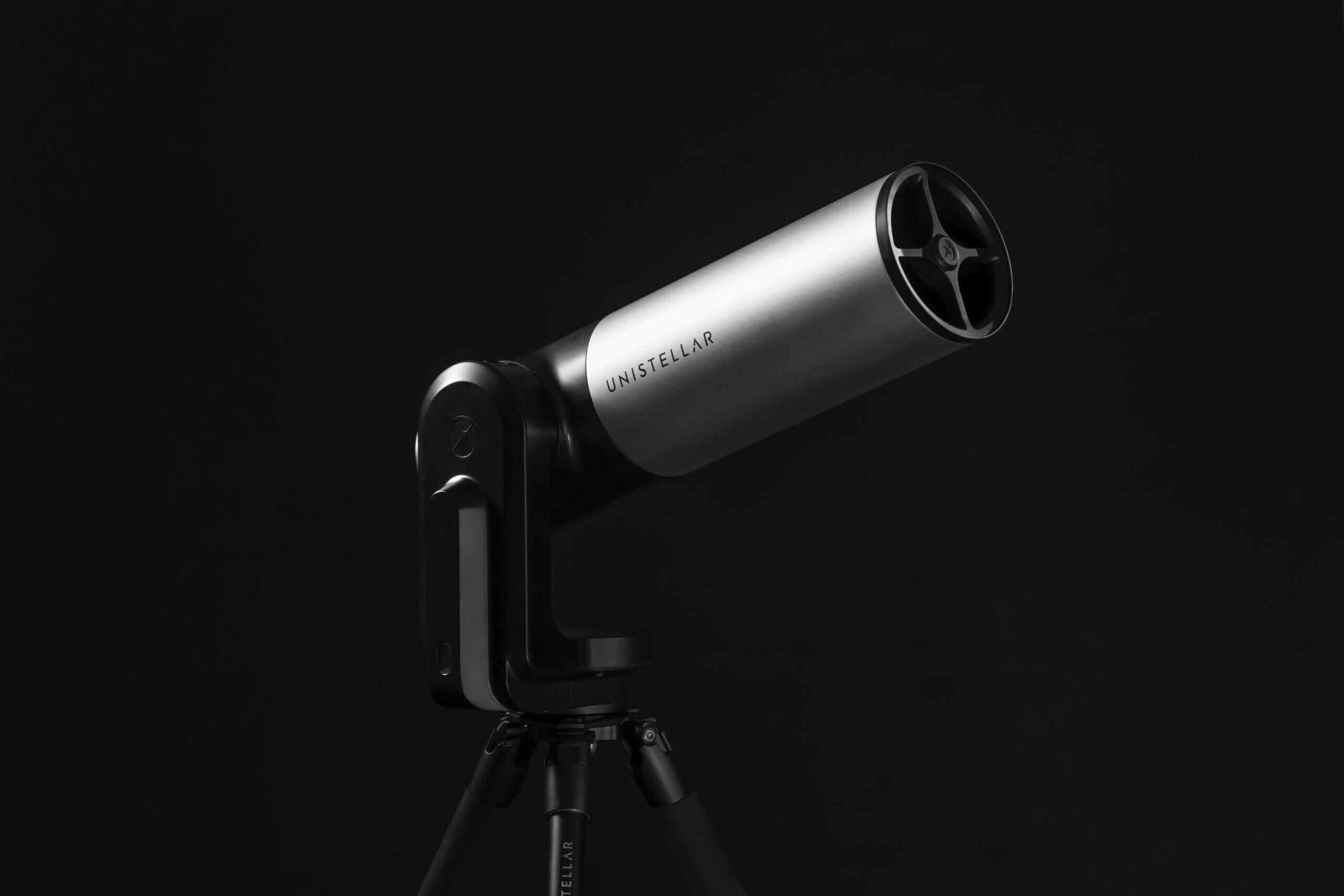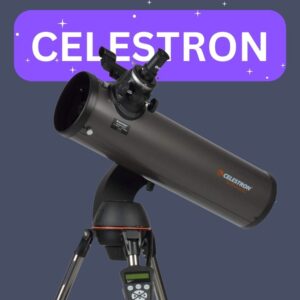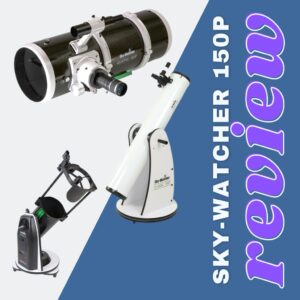This site contains affiliate links to products. I may receive a commission for purchases made through these links.
The Unistellar eVscope 2 represents a significant milestone in the evolution of consumer telescopes, blending advanced technology with user-friendly features. Originating from a French company’s vision in 2015, this smart telescope quickly transitioned from an innovative idea to a tangible reality.
Garnering widespread attention at CES Las Vegas in 2017, it subsequently achieved remarkable success through a Kickstarter campaign, raising $2.2 million and marking a record in European tech crowdfunding. As the first units began reaching users in late 2019, the eVscope 2 sparked diverse opinions among the astronomy community, ranging from skepticism to admiration.
This review aims to delve into the features, performance, and overall value of the Unistellar eVscope 2, providing an in-depth analysis for enthusiasts and skeptics alike.
What makes the Unistellar eVscope 2 a smart telescope choice?
The Unistellar eVscope 2 is a sophisticated, smart telescope that revolutionizes the experience of amateur astronomy. It integrates advanced technology with user-friendly features, making it an ideal choice for both beginners and experienced stargazers. The eVscope 2 operates by combining the capabilities of a traditional telescope with enhanced digital technologies.
Key features include:
- Enhanced vision technology: This feature amplifies light in real-time, allowing for clearer and more detailed views of celestial objects, even in light-polluted urban environments.
- Automated field detection: The telescope can automatically identify celestial objects in its field of view, simplifying the process of locating and observing specific stars, planets, or galaxies.
- Integrated sensors and software: The eVscope 2 comes with sensors and software that enable it to align itself with celestial coordinates automatically. This feature, combined with its automated tracking system, allows for a seamless stargazing experience.
- Digital connectivity: The telescope offers connectivity options, enabling users to control it remotely through a smartphone app. This app also provides educational content and observational tips, enhancing the user’s understanding of the cosmos.
- High-quality optics: Despite its advanced digital features, the eVscope 2 does not compromise on optical quality, offering sharp and clear images of various celestial objects.
In summary, the Unistellar eVscope 2 is a blend of traditional telescope optics and modern digital technology, designed to make astronomy more accessible and enjoyable for a broad audience.
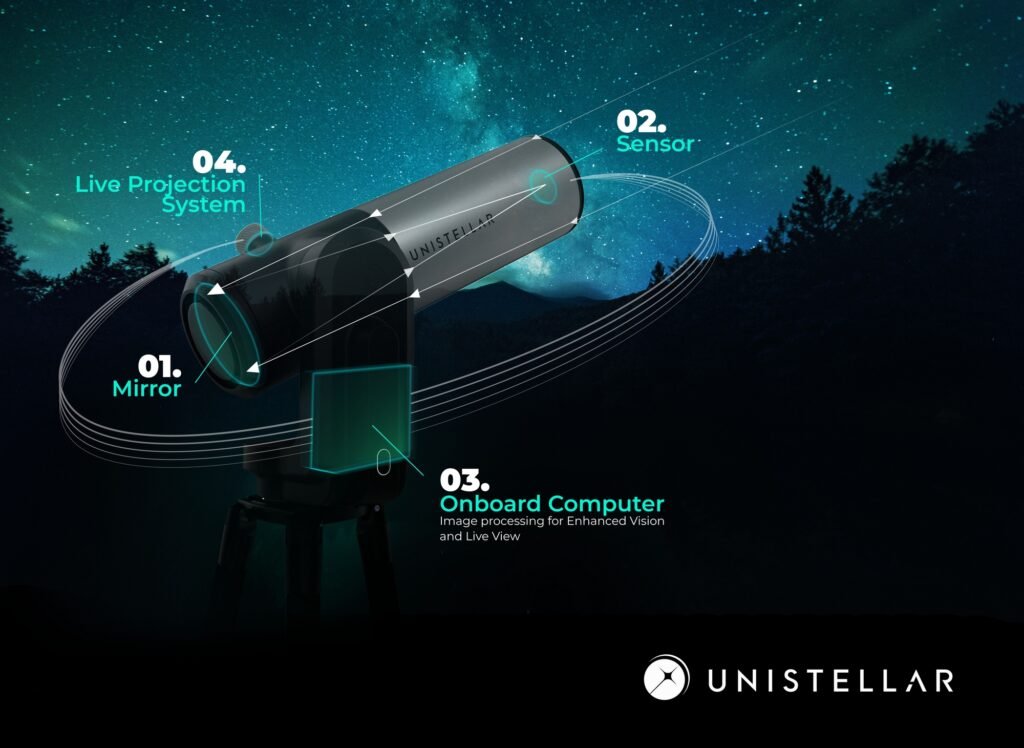
Technical specifications of the Unistellar eVscope
Telescope
- Optical Magnification: 50x
- Digital Magnification: up to 400x (150x recommended maximum)
- Max Magnitude: <16 in the medium-quality night sky in under a minute, up to 18 in excellent conditions in a few minutes
- Resolution: 2 arcsecond
- Aperture: 4.5in
- Focal Length: 450mm
- Motorized Alt-Az Mount with extreme tracking accuracy thanks to Automated Celestial Tracking with Feedback
- Weight: 19.8 lbs (9kg), including tripod
Electronics
- Sensor Technology: Sony Exmor with NIR technology
- Sensor Model: IMX224
- Display: OLED screen (Ultra High Contrast Ratio with True Black)
- Battery Life: up to 10 hours
- Wireless Connectivity: Wifi for smartphone control
- Compass
- 3 axis accelerometer
GoTo System
- Autonomous Field Detection for a fully automated star alignment procedure in 10 seconds
- Automated Celestial Tracking with Feedback
- Automated Pointing (GoTo)
- Catalog of 4,800 objects to choose from
- Detailed information on 120 astronomical objects
- List of recommended objects based on the time, date, and location of the controlling smartphone
- Citizen Science Missions: Asteroid occultation events,
- Upcoming: exoplanet transits, transient event follow-up (supernovae and comets), and more.
How to use Unistellar eVscope?
To utilize the Unistellar eVscope effectively, you’ll need to follow several essential steps. Begin with the following guidelines:
- Setting up the tripod: It’s essential to set up and test the tripod thoroughly before mounting the eVscope. Extend the tripod legs to the desired length, ensure it’s on firm ground, and use the bubble level to adjust the legs for leveling. Once the tripod is stable, mount the eVscope and secure it with the mounting screws.
- Thermalization: Allow the telescope to acclimate to the outdoor temperature before observing, which typically takes 15-30 minutes. This step ensures that the primary mirror maintains its shape and focus, providing sharp images.
- Powering on and connecting: Long press the eVscope’s power button to turn it on, and connect your device to the eVscope’s WiFi. Open the Unistellar app, which will provide status information and access to the telescope’s features.
- Orientation process: Once the eVscope is mounted and stars are visible, initiate the orientation process. This procedure allows the telescope to determine its pointing direction.
- Focusing: Use the telescope’s Bahtinov mask for focusing. Place it on the front end of the telescope and center a moderately bright star in the field of view. Adjust the focus wheel at the back of the telescope until the bright lines created by the mask symmetrically cross the central bright spot of the star.
Who is Unistellar eVscope 2 intended for?
The Unistellar eVscope is intended for people who are interested in astronomy but don’t have the technical knowledge about telescopes and astrophotography. It is a user-friendly telescope without the need to know the night sky or star alignment, polar alignment, and such things.

Affordable alternative to Unistellar eVscope
For those seeking a similar experience to the Unistellar eVscope without the high cost, a custom setup can be an effective alternative. This approach requires some technical know-how.
- Telescope: The Celestron NexStar 130SLT is recommended. It’s a computerized telescope with an alt-azimuth mount and a slightly larger aperture than the eVscope.
- Camera: Opt for the ZWO ASI 224MC, which shares the same camera sensor (IMX224) as the eVscope.
- Software: Use a laptop (with USB 3.0 or 2.0) and the free software SharpCap for astronomy. The Live Stack feature in SharpCap can produce images similar to those from the eVscope.
This DIY alternative offers more versatility than the eVscope, though it comes with a learning curve and requires more setup and operation effort.
Price comparison:
- Unistellar eVscope: $2,999
- DIY Setup: Approximately $750 (excluding laptop), plus the need for technical skills.
Unistellar eVscope 2: Revolutionizing the amateur astronomy experience
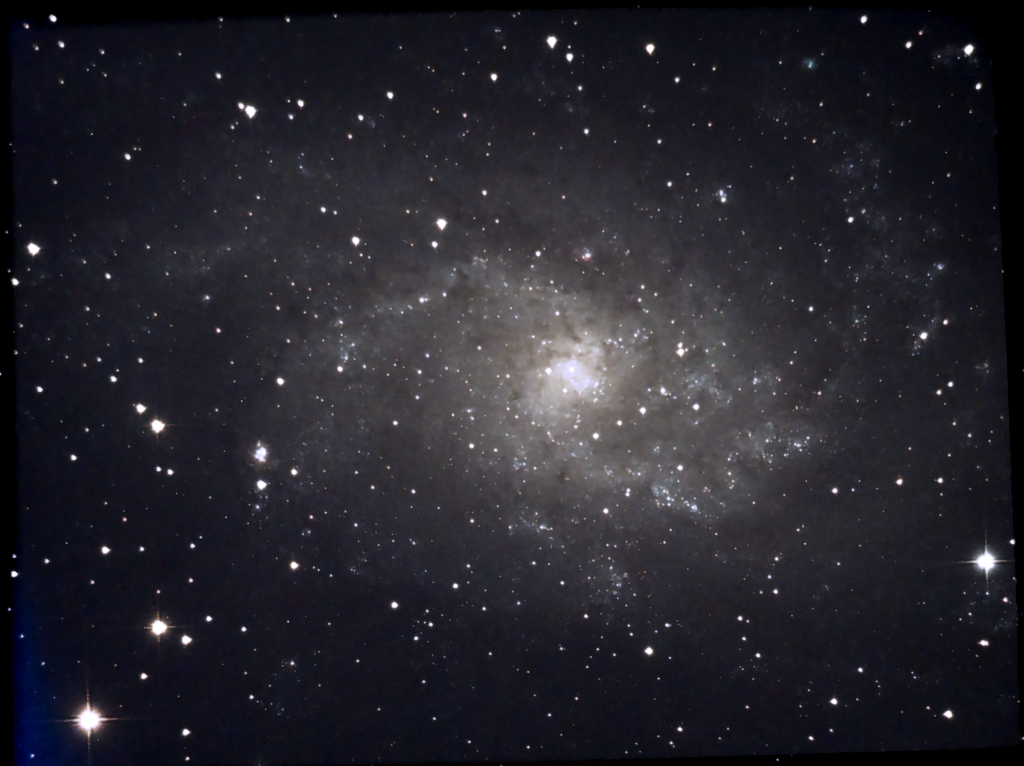
In this comprehensive review of the Unistellar eVscope 2, we’ve explored its cutting-edge features, ease of use, and powerful capabilities. Standing out for its automated functions, enhanced vision technology, and user-friendly app integration, the eVscope 2 is a testament to how modern technology is transforming amateur astronomy.
While it represents a significant investment, its performance and convenience make it a compelling option for those seeking to delve deeply into the cosmos.
You may also like:

